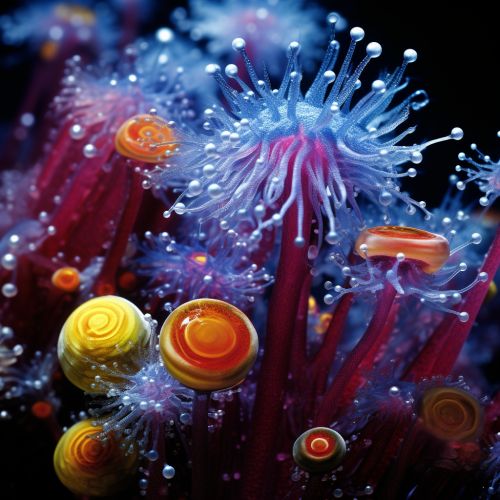Acidophiles
Introduction
Acidophiles are organisms that thrive in acidic environments with a pH of 3 or below. These organisms are found in various environments, including volcanic vents, acid mine drainage, and acidic hot springs. They belong to the group of extremophiles, organisms that can survive and grow in extreme conditions that are inhospitable for most life forms.


Classification
Acidophiles can be classified into three main categories: obligate acidophiles, facultative acidophiles, and acid-tolerant organisms. Obligate acidophiles require an acidic environment to survive, while facultative acidophiles can survive in both acidic and non-acidic environments. Acid-tolerant organisms, on the other hand, can tolerate acidic conditions but do not require them for survival.
Physiology
The physiology of acidophiles is adapted to survive in highly acidic conditions. This includes mechanisms to maintain a near-neutral internal pH despite the external acidity, as well as mechanisms to protect against the damaging effects of high proton concentrations. These mechanisms vary among different species of acidophiles.
Metabolism
Acidophiles are metabolically diverse, with some species capable of chemolithotrophic metabolism, deriving energy from inorganic compounds, while others are chemoorganotrophs, deriving energy from organic compounds. Some acidophiles are also capable of photosynthesis, using light as an energy source.
Ecology
Acidophiles play crucial roles in the ecology of acidic environments. They are involved in the cycling of nutrients, the formation of biofilms, and the degradation of organic matter. They also contribute to the formation of acid mine drainage, a major environmental problem associated with mining activities.
Applications
Acidophiles have various applications in biotechnology, including bioleaching, a process used in the mining industry to extract metals from ores. They are also used in the production of certain types of fermented foods and in the treatment of industrial waste.
